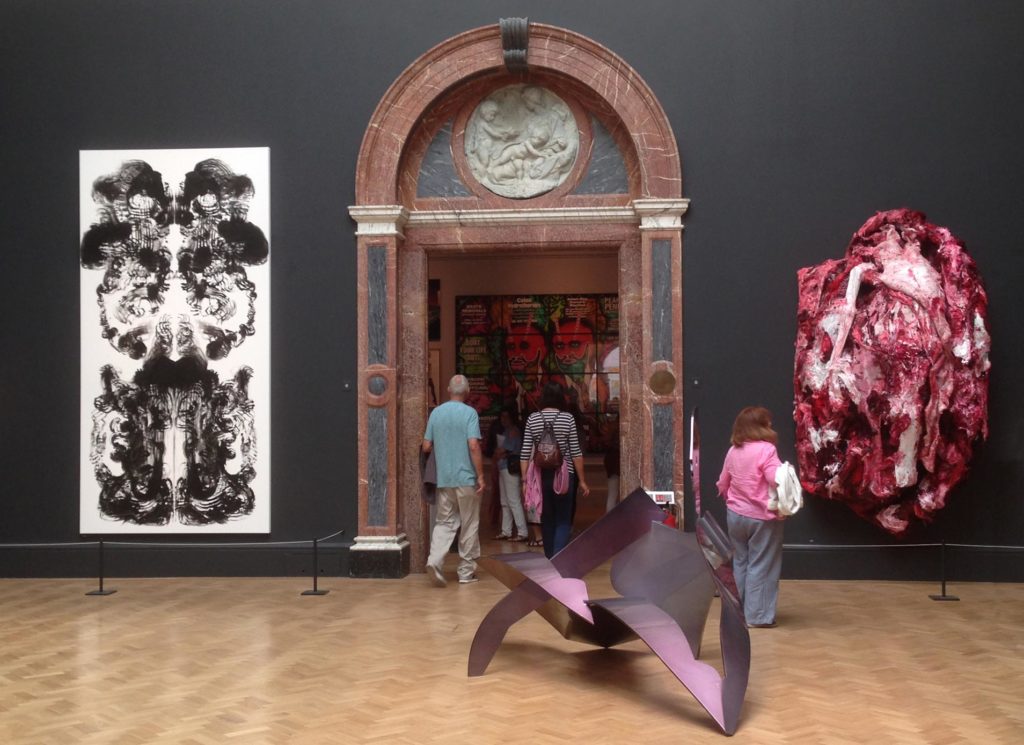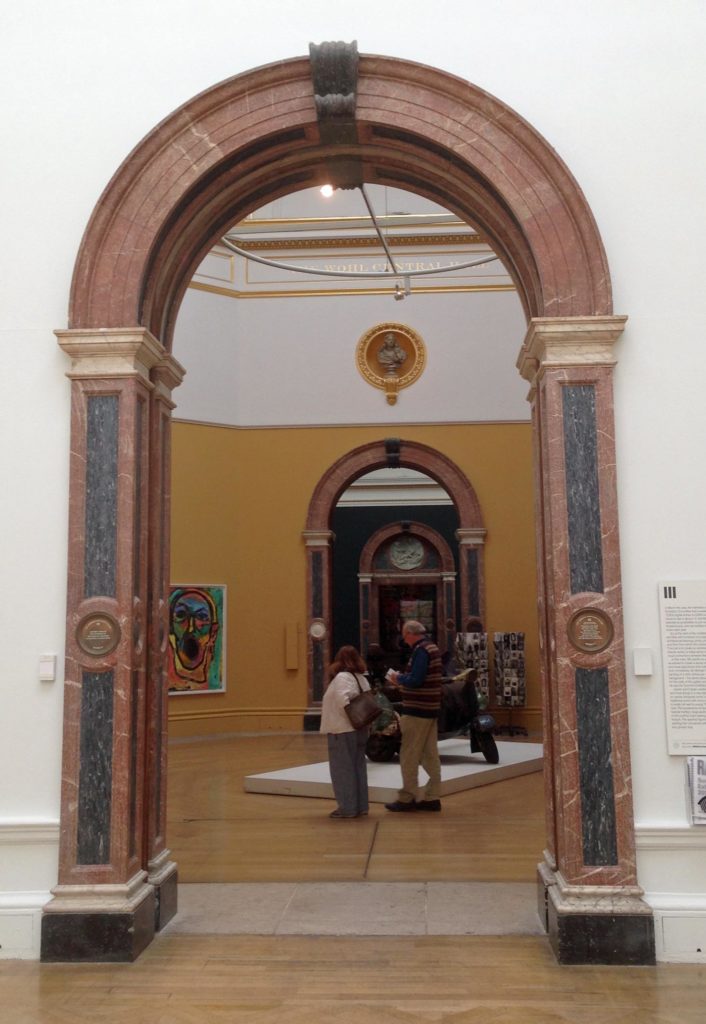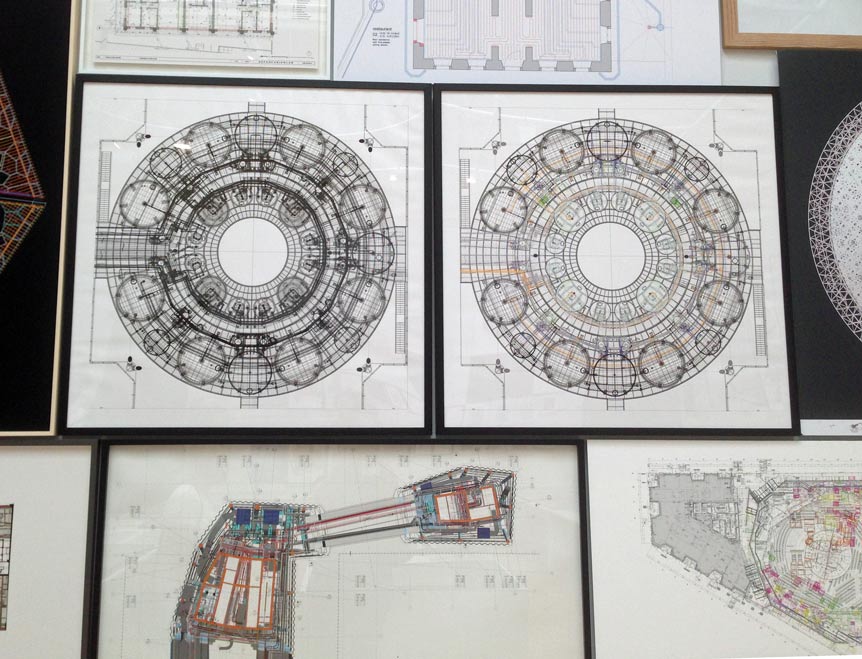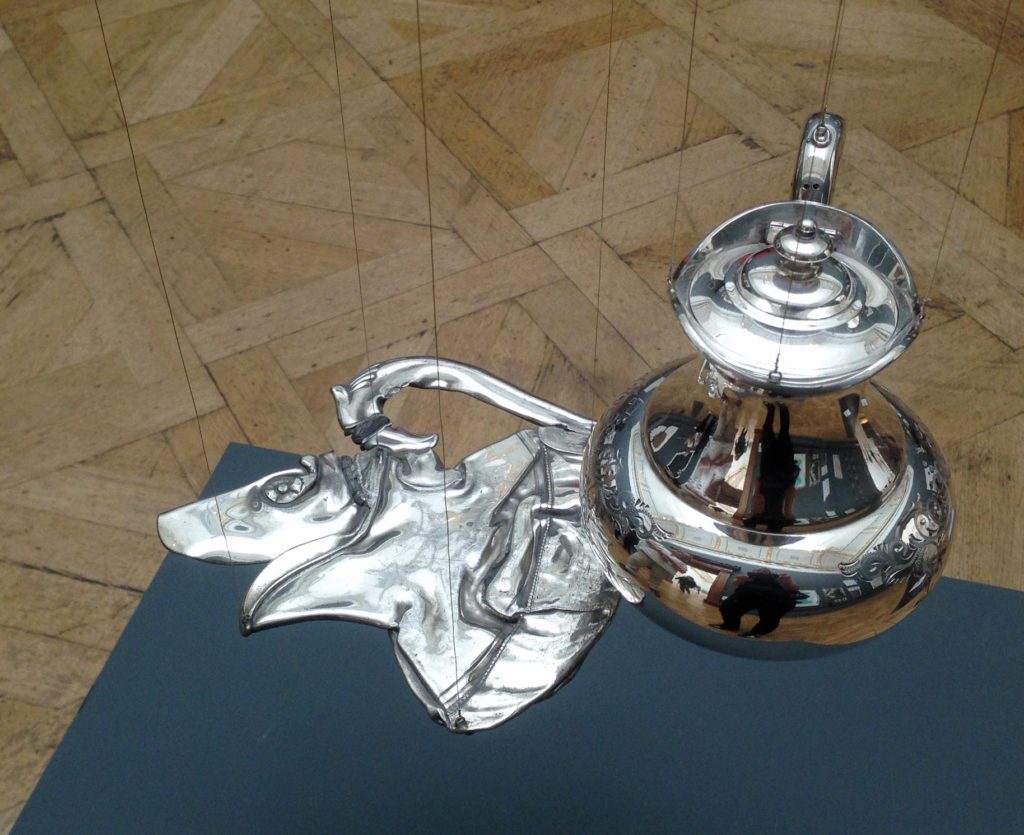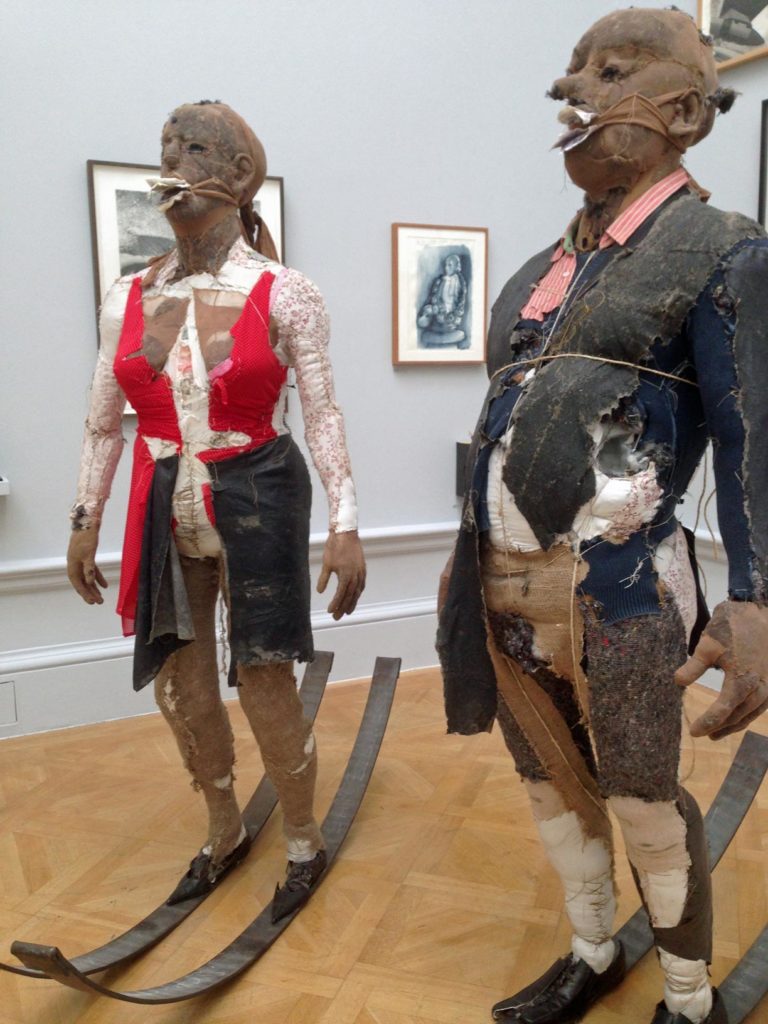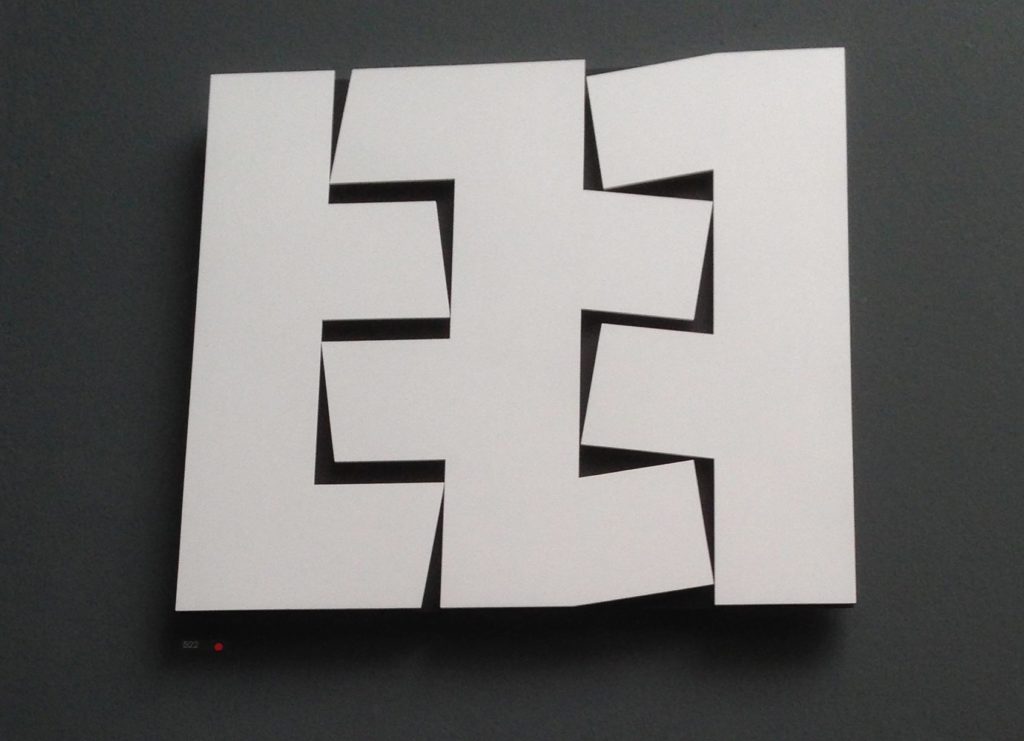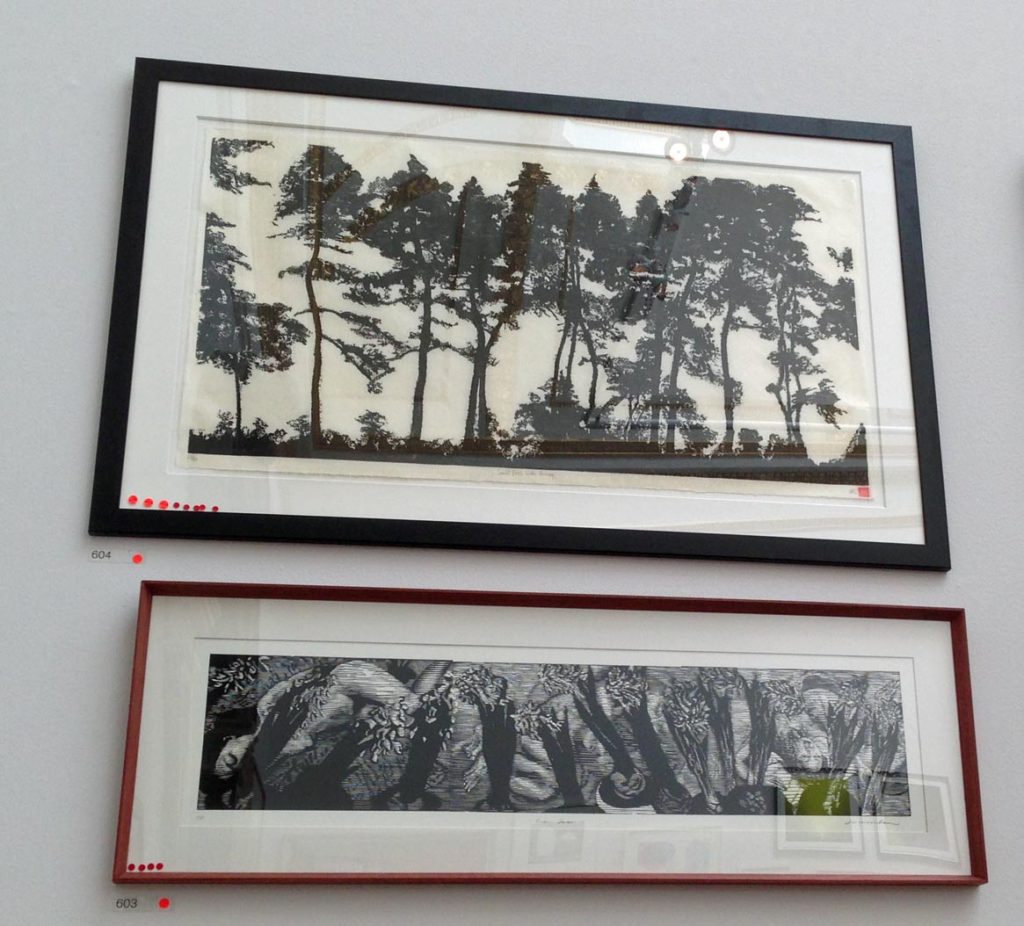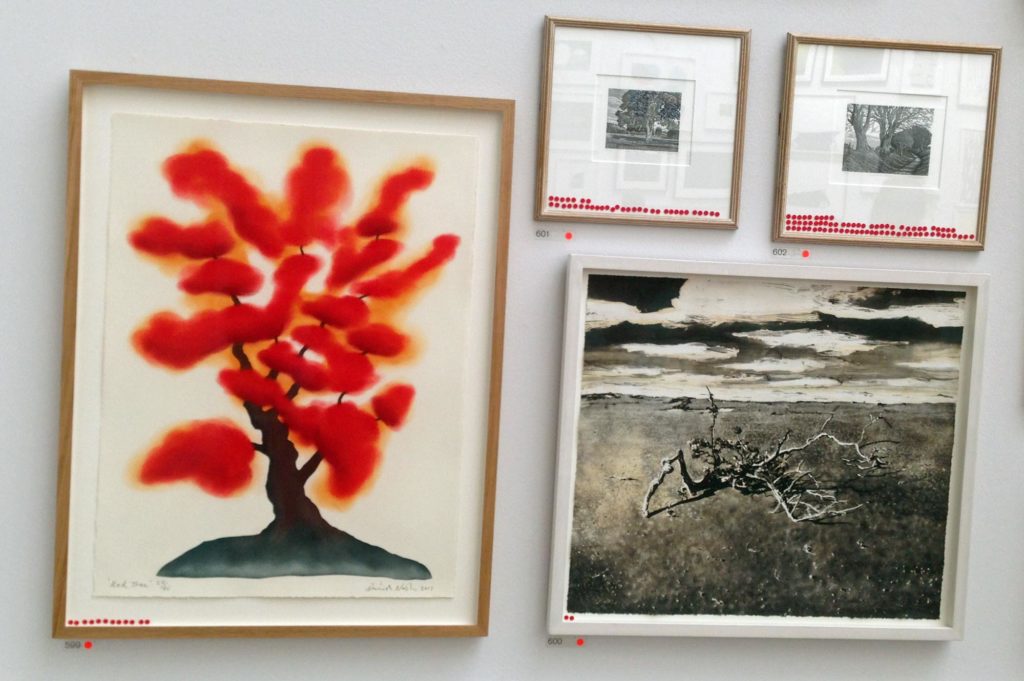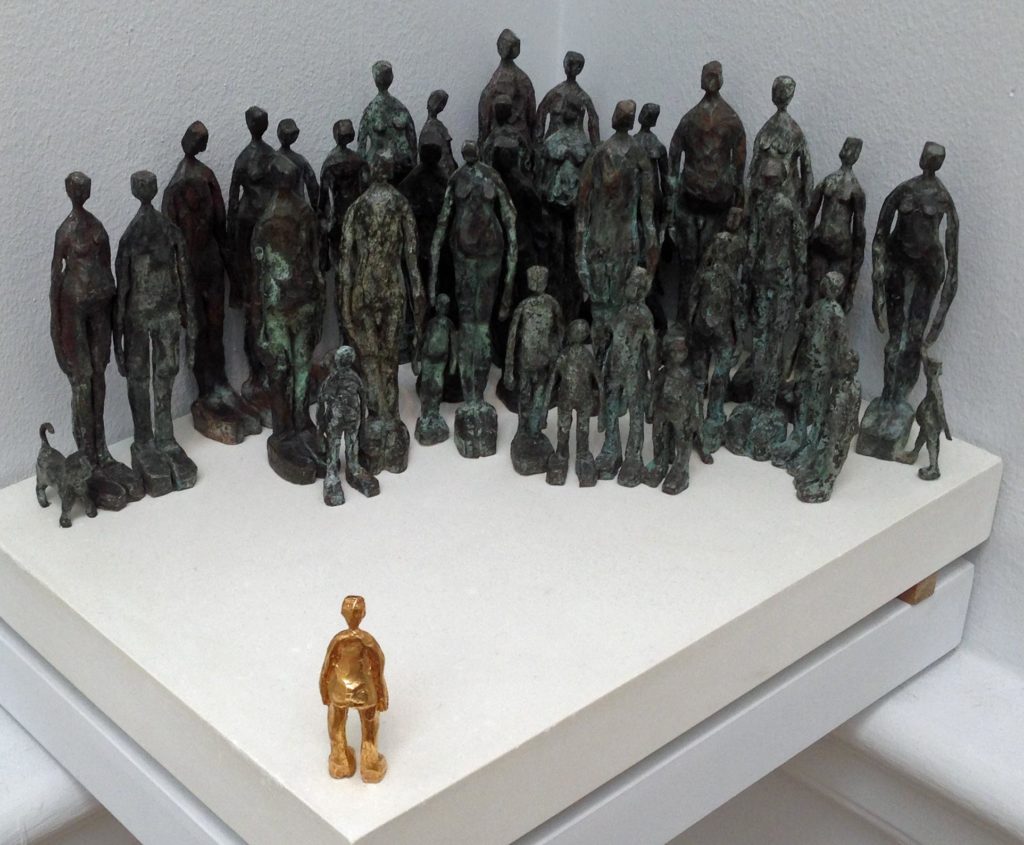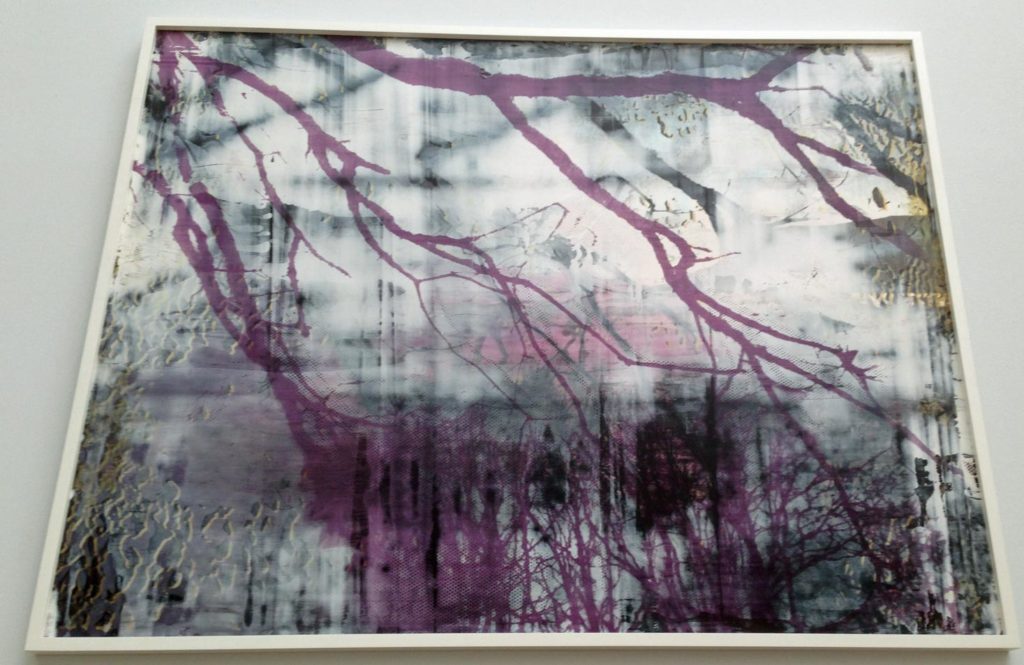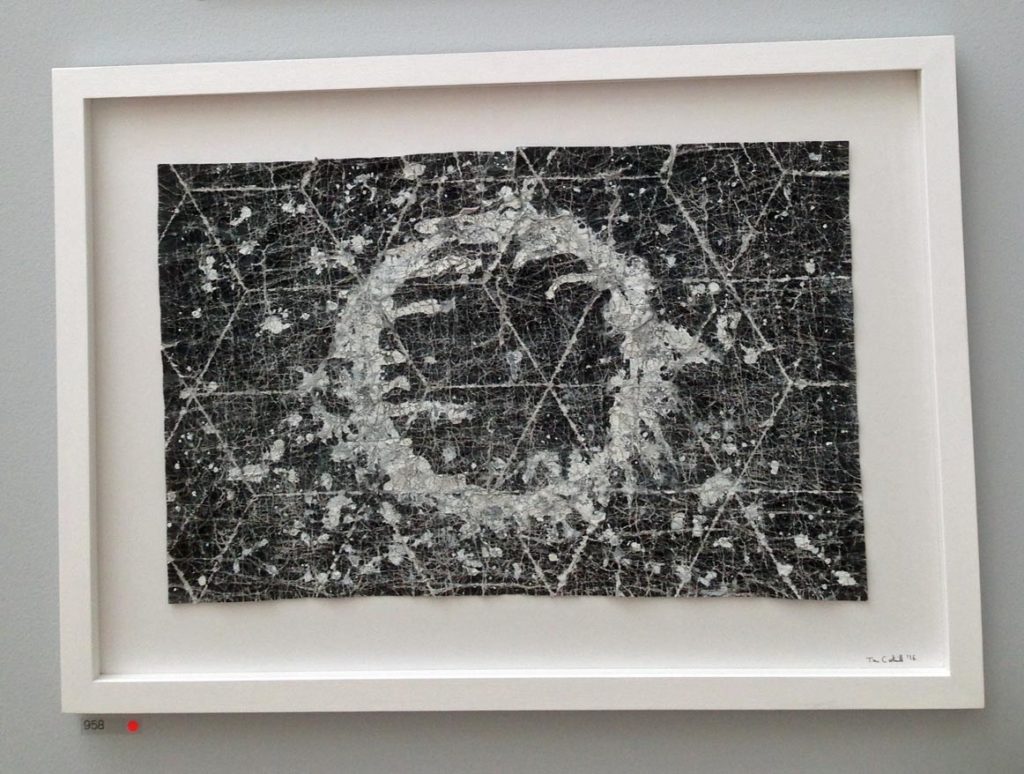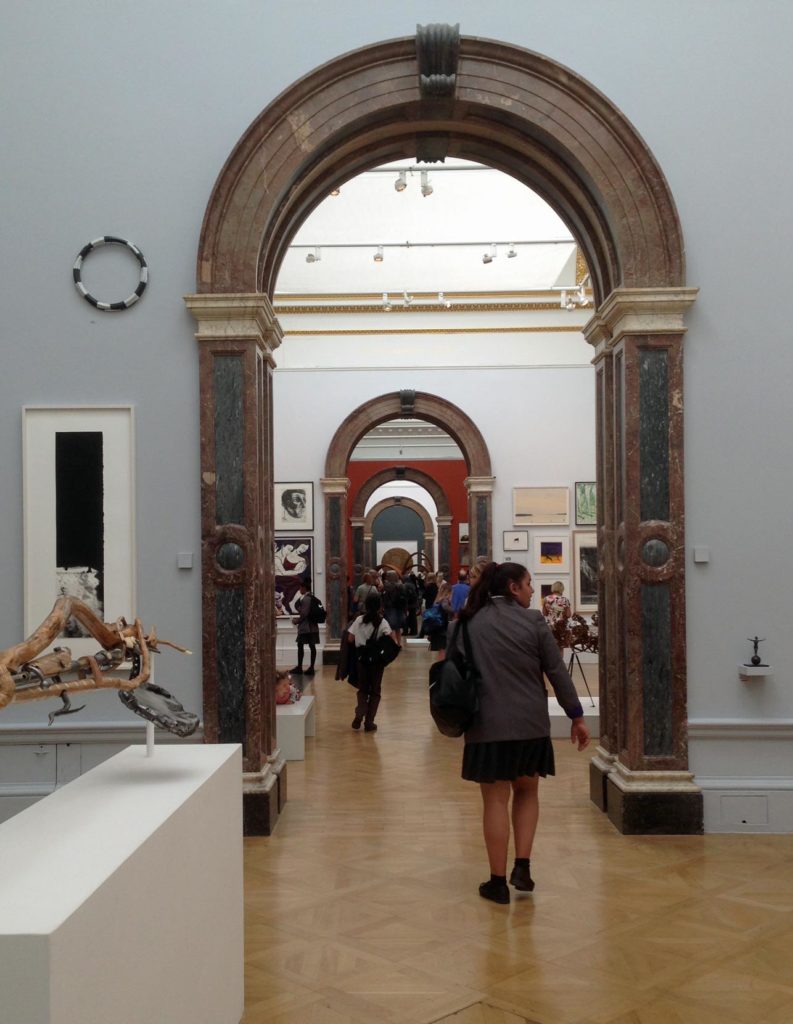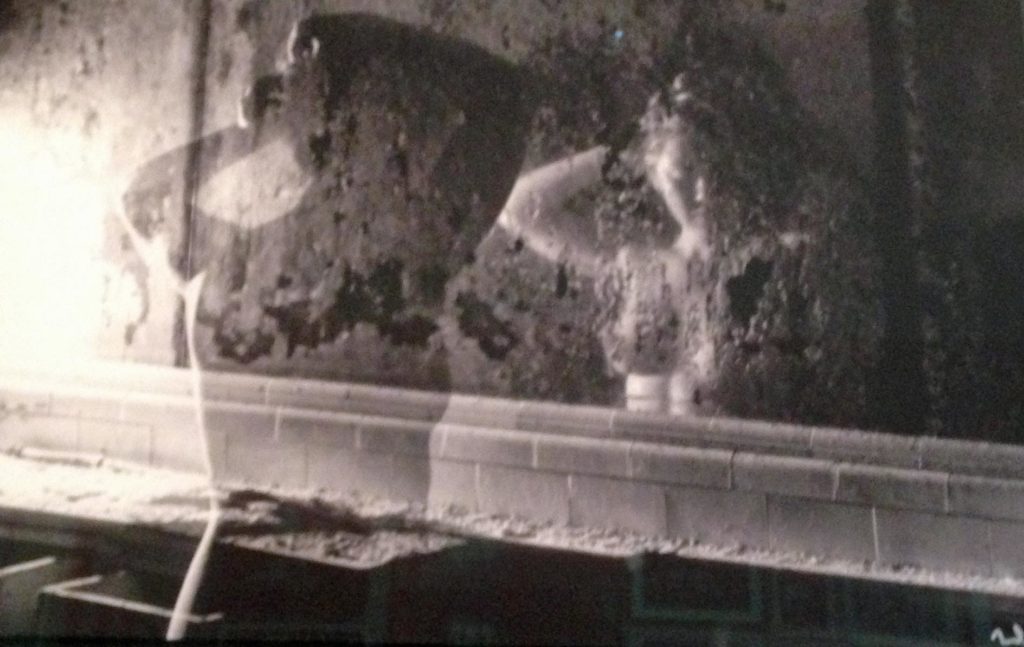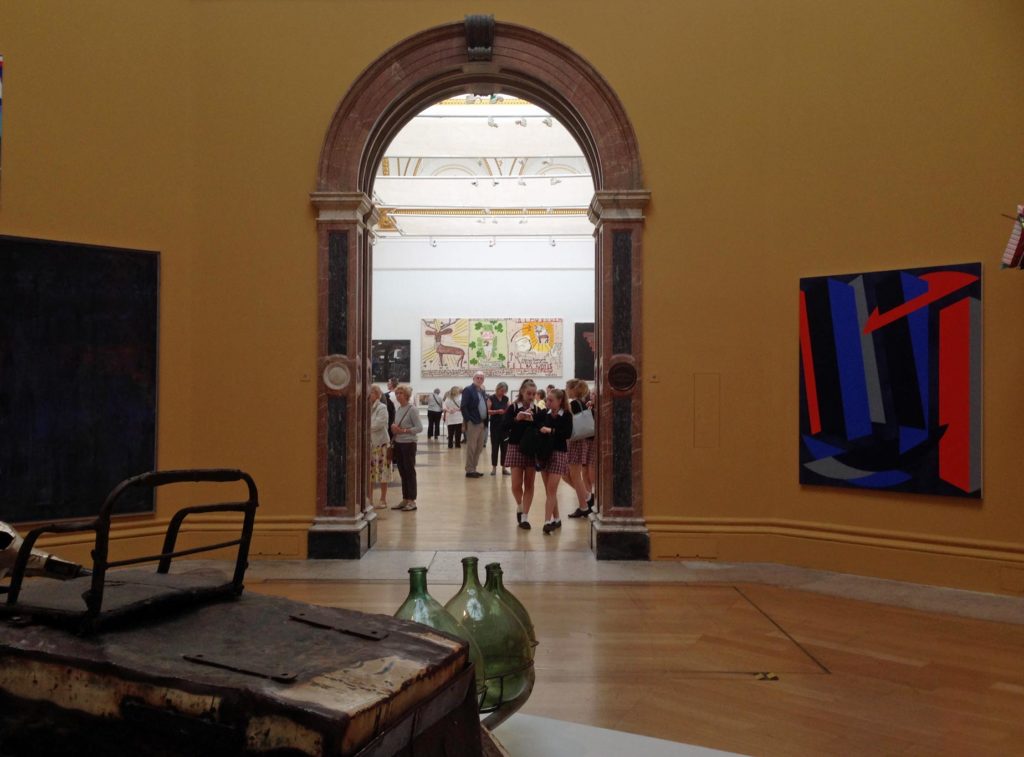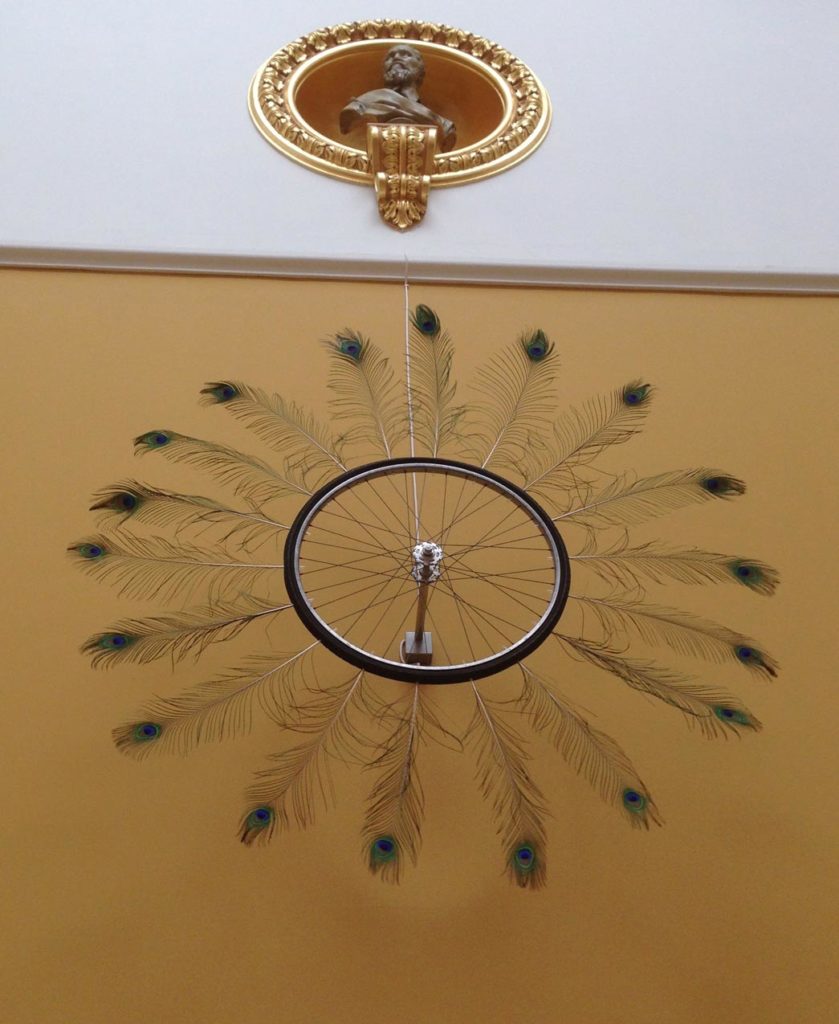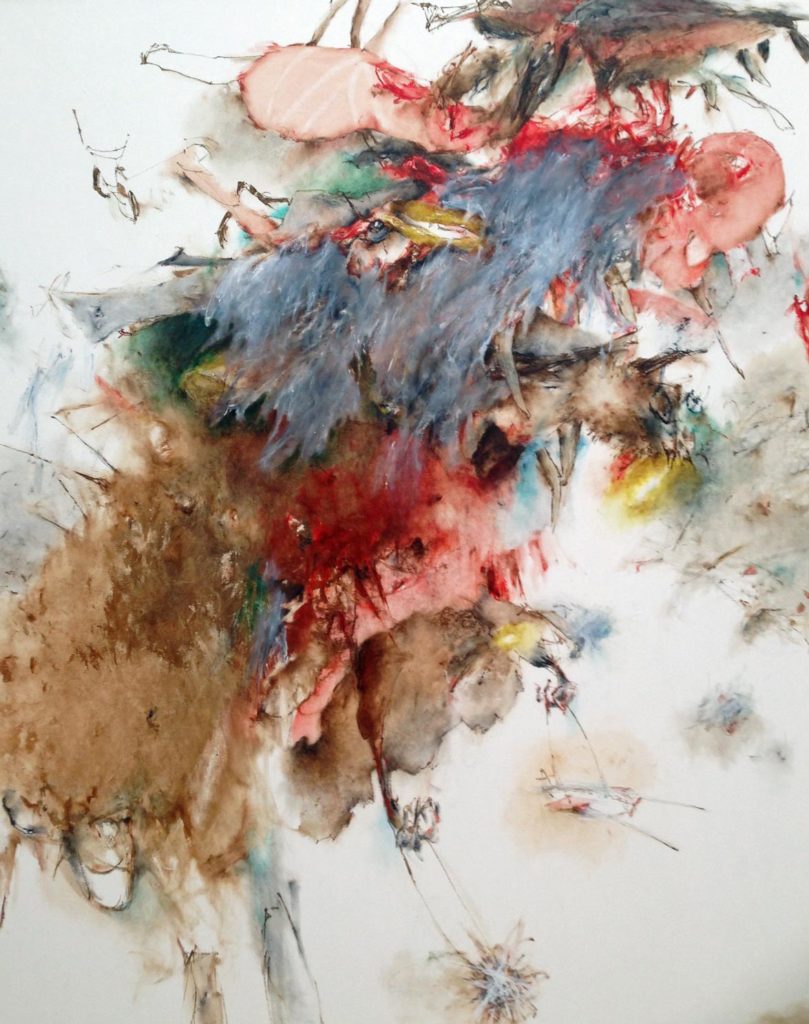These poses are supposed to address the common aches and pains you may be experiencing 50+ and they leave you feeling supple, strong and stress-free.
Yoga can be as gentle or as challenging as you choose. It will help you feel suppler and in tune with your body, plus it’s a great way to quiet your mind.
The benefits of yoga are vast, from anxiety relief to pain management, improved sleep and keeping your weight down.
These poses were listed as suitable for both newbies and those with a bit of experience, and to target the areas we know you will benefit most from treating.
Warrior II pose
Why: Great for your core muscles, thighs and bottom, and opens up tight shoulders, too.
How: From a standing position, take a big step back with one leg, keep your front foot facing forwards, turn your back foot so it’s angled away from your body at 45 degrees.
Bend your front knee until it’s directly above the ankle, keeping your back knee straight. Turn your body to the side and raise your arms into a ‘T’ so one arm is in front of you and one behind, then look forwards towards your front hand.
Keep your weight evenly distributed between your legs and hold for a few deep breaths.
Make it easier: Keep your hands on your hips and look forward rather than raising your arms.
Tree pose
Why: Great for balance, which can help prevent falls.
How: Begin standing with your legs together, then slide your right foot up your left leg, with your heel touching the inside of your calf.
Bring your arms straight up above your head, palms together. Stay balanced for a few deep breaths, then repeat on the other leg.
Make it harder: Slide your foot further up your standing leg, working towards having the sole of your foot at your knee.
Downward facing dog
Why: It opens the shoulders and chest, stretches the hamstrings and spine and strengthens wrists.
How: From kneeling on your hands and knees, push through your hands to straighten your arms and legs as you lift your bottom up towards the ceiling, gently pushing your head towards your knees, so your body is in an upside-down V-shape.
Your heels might not touch the floor, but that’s okay – just focus on sending your hips toward the ceiling while keeping your arms and legs straight. Look backwards through your legs to keep the neck soft.
Make it easier: Rather than keeping your hands on the mat, place them on a sturdy low bench or yoga blocks.
Low lunge
Why: Stretches out tight hips – perfect if you’re at a desk all day – can also boost mental focus.
How: Start by kneeling on a mat or folded towel. Bring one leg forward to place that foot on the floor and keep your knee bent in a tabletop positon. Keep that front knee directly over your front ankle.
Place your hands on the floor for balance, and send your other foot back so the leg lengthens, stretching your thigh but keeping your knee, shin and top of the foot on the floor.
When you feel ready, take your hands off the floor so you are balancing in the low lunge. Raise your arms up alongside your head and breathe for few moments, then repeat on the other side.
Make it easier: Rather than lengthen the back leg, keep it closer to you for balance.
Why: Great relief for stiffness in your back, improves posture and creates a sense of calm.
How: Start sitting cross-legged on your mat. With both legs bent, lift your left leg up and plant your left foot on the outside of your right thigh.
Twist your torso to your left, and touch your right elbow to your left knee.
As you inhale, press your left hand on the floor directly below your shoulder, chest up, back straight. Repeat on the other side.
Make it easier: Keep the bottom leg straight.
Bridge
Why: Can aid digestion, also great for opening stiff hips and strengthening your lower back.
How: Lay on your back with your knees bent and feet flat on the floor, hip-distance apart under your knees, arms by your sides.
Breathe in and press your hands into the mat, then exhale and, using your stomach and glutes muscles, tilt your pelvis, then slowly lift your spine off the ground until you are in a bridge position.
Hold for 30 seconds, then slowly lower from the shoulders vertebrae by vertebrae until your back is flat on the mat.
Make it easier: If you need extra support for your back, roll up a towel and pop it under your shoulders.











